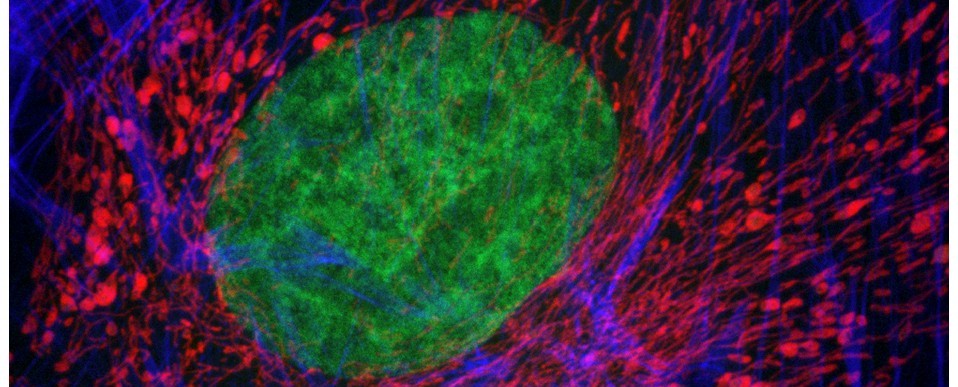
How do you make a dragon-fly (ask it nicely, I suppose)? Well, this was the question we were asking ourselves a few weeks ago after an email enquiry from Dr Trevor Bailey of the National Museum of Wales. Trevor is one of the museum’s senior paleontologists and is involved in curating many of the museum’s public exhibitions and programmes involving fossils and prehistoric life (You can read more via his profile page here).
Trevor had contacted us to enquire whether we might be able to help with a forthcoming exhibition at the museum, called ‘The Fossil Swamp‘, by making a scale replica model of an extinct insect species similar in appearance to a modern dragon fly (it’s actually classed as a Griffin fly), but with one big difference (and I mean BIG): its size. How big I hear you say? Well, to give you an idea of its sizeable dimensions, the wingspan of Meganeura was approximately 0.7 metres long (i.e. roughly the same wing span of a large, adult sparrow hawk)! Indeed, this is how the insect came to earn its rather ominous sounding moniker: ‘mega-neura’ means ‘large-nerved’, referring to the network of large veins supporting the insects enormous wings (Brongniart, 1893)
In fact, Meganeura monyii is one of the largest known flying insect species ever to grace planet earth. It lived more than 300 million years ago, in the carboniferous period where the atmospheric oxygen concentration of air was much higher than that of today (around 35% then, instead of 21% now) which, it is thought, allowed the insects of that period to grow to enormous proportions (insects breathe through small holes, or ‘spiracles’ in their body walls connected to branched air tubes called ‘tracheoles’ which convey oxygen to their internal tissues). Furthermore, at the time Meganeura was buzzing about, bugging the primitive lifeforms of the day, there were no other aerial vertebrate predators around (in fact, birds arrived to the table 75 million years later) so it could pretty much act with total impunity!
So Trevor supplied us with a digital model of the insect for 3D printing, together with the desired dimensions, based on recorded fossil evidence (Brongniart, 1893). Interestingly, the digital mesh was actually created as a component of a carboniferous forest simulation by a colleague of his in Germany (link here). In order for us to 3D print Meganeura’s body to scale using our Ultimaker 3 extended 3D printer, we had to fabricate the head and thorax separately to the abdomen and then re-attach these after removal of their supporting scaffolds. We printed these using polylactic acid (PLA) filament at an intermediate print resolution. The first attempt looked okay, but the finished model was rather blocky in appearance, so we smoothed the digital mesh and then reprinted at a higher resolution with much better results.

The next challenge was those huge wings. I downloaded .png image files of the venation patterns recorded by Brogniart (1893) here. However they were simply too large to 3D print at the desired thickness (and believe us, we tried) so a different approach was necessary. Each wing was laser printed onto a separate sheet of acetate. These were then cut out and laminated – the composite structure increasing the rigidity of the wing but still allowing realistic flexion. To attach the wings to the thorax, I drilled holes through adjacent thoracic segments and fed lengths of wire through the holes to support the leading edge of each wing pair. The wire was then bonded in place to prevent any lateral displacement.

Next up was the paint job, which became a labour of love (and exercise in mindfulness) in my spare time! Now, unfortunately, no one knows what colours or patterns adorned the body surface of Meganeura as the fossil evidence is all black and white. Artist’s impressions are therefore based loosely on modern equivalents (e.g dragonflies, damsel flies etc), or have just been made up to make the insect look as fearsome as possible – it was a carnivorous predator after all! So after a few Google image searches, just to get some ideas, I finally went with a black and yellow/orange colour scheme with iridescent bronze eyes (with artistic input from Trevor and my daughters). I used acrylic paints, purchased cheaply from The Works, which gave good adhesion and cover without the necessity of a primer coat. Fine detail was added under magnified optics.

When the model was fully painted we attached the wings to the wire frames using extra strong clear sellotape before taking it over to Alexandra Gardens, opposite the School of Biosciences, for some wildlife photography, doing our best not to frighten the native fauna (or general public)!


The model will be on display as part of the Fossil Swamp exhibition in the National Museum of Wales at Cardiff from 18th May, 2019 to 17th May, 2020 along with lots of other amazing artefacts from the carboniferous period. Please go along to visit – it promises to be a fantastic family day out.
AJH
Further reading
- Brongniart (1893) Recherches pour servir á l’histoire des insectes fossiles des temps primaires : procédées d’une étude sur la nervation des ailes des insectes (Research to serve the history of fossil insects of the early ages : preceded by a study on the wing venation of insects).
Contributors
Digital mesh of Meganeura monyii was taken from the Carboniferous forest simulation, page author and domain holder Heiko Achilles; 3D printing by Dr Pete Watson; Model painting, wing fabrication and finishing by Dr Tony Hayes; Wildlife photography by Marc Isaacs. Blog post by Dr Tony Hayes.
